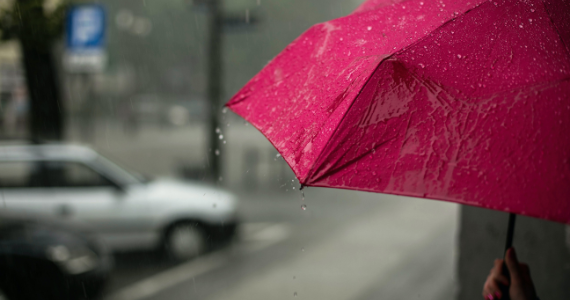It’s devastating when a natural disaster destroys or damages your home. Finding out you don’t have enough insurance can add to your distress.
Understanding what events and damage are covered by insurance can help you get the right cover for your home.
Knowing if you live in a disaster-prone area can give you a better understanding of your risk. This helps you choose coverage for the events that are most likely to happen to your home.
Find out if you live in a disaster-prone area
To find out if your home is in a natural disaster prone area, contact:
-
your insurance company
-
your local council
-
an emergency services organisation in your state or territory
Ask them about flood mapping, historical flood records, and the Bushfire Attack Level (BAL) of your home. If you contact your council, ask them whether your house meets natural disaster standards.
Smart tip
If you live in North Queensland, visit the Australian Government’s North Queensland home insurance website. This site helps you compare home insurance policies based on where you live.
Understand storm and flood cover
Storms
Most home insurance and contents insurance covers storms. This includes damage caused by lightening, cyclones, strong winds, rainwater, hail and snow.
Rainwater is usually defined as water that falls from the sky. Cover usually includes damage caused by:
-
rainwater run-off — excess rainwater that collects and flows in normally dry areas
-
rainwater that overflows from stormwater drains
Floods
For some policies, cover for damage caused by floods is optional. For example, floods caused by overflowing streams, rivers, creeks and dams due to rainfall or a rise in the water level.
Even if you do pay for flood cover, most policies have exclusions, including:
-
Actions of the sea, such as storm surges, high tides and king tides.
-
Flood water combined with run-off or rainwater.
-
Flood not caused by rainfall, for example a landslide caused by a storm.
-
Flood as a result of a blocked or broken stormwater drain, water pipe or gutter.
-
Damage to gates, fences, retaining walls and driveways.
-
Rainwater entering your home due to a structural defect, faulty design or poor maintenance.
-
Wind, rainwater, hail or snow entering your home through an open window or door.
If you’re not sure what cover you have, ask your insurer or read your policy’s product disclosure statement (PDS).
Understand fire cover
Most home and contents insurance covers you for damage caused by fire, including bushfire.
Generally, a flame has to cause the damage. This means you’re not covered for heat-related damage, like scorching and melting, or smoke, ash and soot damage. For example, if your home is damaged by a nearby fire or bushfire.
Common exclusions from fire insurance include:
-
A bushfire that occurs less than 72 hours after you bought your policy.
-
Intentional fires.
-
Accidental fires caused by negligence or recklessness.
-
If your house doesn’t comply with fire regulations, for example a heater isn’t installed properly.
CHOICE provides more information on the definition of fire and how to check it in your policy’s PDS.
Check if you have enough insurance to rebuild and repair
If you live in a disaster-prone area, it’s worth considering ‘total replacement cover’ with your home insurance. This covers whatever it costs to repair or rebuild your house to the same standard. It’s generally more expensive, but means you’re less likely to be underinsured.
However, most insurers only offer ‘sum-insured cover’. This is an estimate of how much it would cost to repair or rebuild your house.
To avoid being underinsured with sum-insured cover, check if your insurer offers a ‘safety net’ or ‘safeguard’. This means they add up to 30% to your sum-insured amount in the event of a total loss.
For more information, see cover the cost of rebuilding your house.
Also check your policy or ask your insurer about claim limits (or caps). These are maximum amounts for repairing damaged items and the total amount you can claim.
What to do after a natural disaster
For steps and help to manage the recovery process, see what to do after a natural disaster.
Source:
Reproduced with the permission of ASIC’s MoneySmart Team. This article was originally published at https://moneysmart.gov.au/home-insurance/storm-flood-and-fire-insurance
Important note: This provides general information and hasn’t taken your circumstances into account. It’s important to consider your particular circumstances before deciding what’s right for you. Although the information is from sources considered reliable, we do not guarantee that it is accurate or complete. You should not rely upon it and should seek qualified advice before making any investment decision. Except where liability under any statute cannot be excluded, we do not accept any liability (whether under contract, tort or otherwise) for any resulting loss or damage of the reader or any other person. Past performance is not a reliable guide to future returns.
Important
Any information provided by the author detailed above is separate and external to our business and our Licensee. Neither our business nor our Licensee takes any responsibility for any action or any service provided by the author. Any links have been provided with permission for information purposes only and will take you to external websites, which are not connected to our company in any way. Note: Our company does not endorse and is not responsible for the accuracy of the contents/information contained within the linked site(s) accessible from this page.




